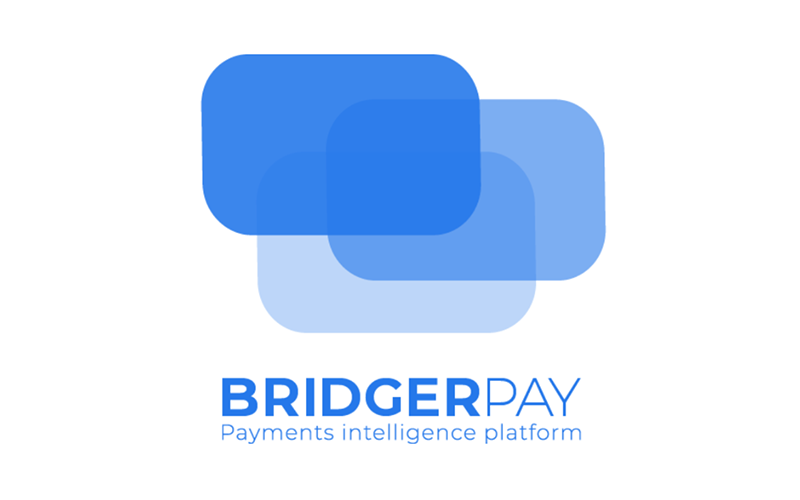A $6 million seed funding round led by SIBF and ex-catch.com CEO Nati Harpaz has allowed BridgerPay to launch the world’s first self-onboarding payment operations platform. Headquartered in Cyprus and with offices in Tel Aviv, BridgerPay is experiencing triple year-over-year growth and plans to open offices in the US, UAE, and Australia. The company’s automated signup makes a technology that used to be the exclusive preserve of large enterprises available to everyone. In a world where a best-in-class payments solution is a requirement rather than a differentiator, it’s a game-changer.
What Challenges Are Typically Encountered Integrating Payment Platforms?
Onboarding merchants to accept payments has traditionally been a complex procedure resulting in significant friction for customers. In addition, payments solutions are often made up of multiple integrations that fail to provide an easy-to-use, seamless global payments experience. Too many required interactions can result in a negative onboarding experience, which leads to customer churn. And, often, solutions only cater to a single or a few significant regions, limiting the currencies a customer can operate in or requiring them to onboard to multiple payments solutions. Then, regional and global compliance complications include the requirement for GDPR-compliant solutions in the EU, Anti-Money Laundering (AML) checks, and Know Your Customer (KYC) procedures.
Ideally, a payments partner will address all of your customers’ needs through a single, easy-to-use interface, potentially automating elements of their onboarding. But the key lies in doing this without adding tech debt and reducing your developers’ bandwidth—and this is where BridgerPay’s solution comes into its own.
The Biggest Challenge Facing The eCommerce/Payments Industry in 2022
However, with new competitors entering the global landscape every day, merchants and payments providers alike will be in a race for volumes like never before in 2022. For many, this means using third parties to boost sales, which naturally puts pressure on margins, so businesses have to watch every dollar. BridgerPay helps with this, too, providing over 500 payment options and giving businesses the analytics they need to choose the payment providers with the best rates for every situation.
The BridgerPay Solution
BridgerPay allows any business to self-connect their website to its Payment Card Industry Data Standard Standards (PCI DSS) Level 1 payments platform, which offers them over 500 payment providers ready and waiting. Founder and CEO Ran Cohen describes his company’s interface as “Lego-like” that offers businesses a connection through a ready-made plug-in or minimal coding that allows them to scale globally. He says three years of bootstrapping meant BridgerPay had to ensure they understood and met the challenges real merchants were facing rather than develop solutions on a “legacy notion” of how payments should work. This approach helped spawn Bridger Retry, BridgerPay’s solution to recovering some of the $800 billion revenue lost to declined card payments annually. It allows merchants to recover almost a third of declined card transactions.
Speaking to Ecommerce and Payments Briefing last year, Cohen said BridgerPay is the only company in the payments sector that can connect merchants to multiple payment providers in a matter of minutes. And he says it offers clients everything necessary to optimize multiple payment efforts with ease, now and in the future, including:
- A drag-and-drop interface customizable to any business logic and ensuring end-users see only the payment providers they want.
- A white-labeled, fully-customizable, PCI Level 1-compliant checkout that brands can make their own
- Tokenization of data, so users’ sensitive information never travels through merchants’ servers
- Automatic resubmission of card payments via alternative payment providers in the event of them being declined for technical reasons
- One-click analytics on all transactions so businesses can select the most appropriate providers
What Does the Future of e-Commerce/Payments Hold?
Cohen reckons the growth of buy-now-pay-later solutions will continue in 2022. In addition, he expects 3DS2 (3D Secure 2.0) authentication challenges will put those merchants not technology-ready under pressure to provide a smooth user experience with techniques such as face recognition and fingerprints.
Legacy systems will also struggle with payment orchestration—integrating and managing the complete payment process, including payment authorization, transaction routing, and settlement. The process requires connecting to different payment service providers, acquirers, and banks on a single, unified software layer and is set to become the standard, in Cohen’s opinion.
He also thinks we’ll be looking at a unified digital currency within the next few years. In addition, he expects consumers to be making payments in many different and new ways, both in-store and online, such as facial recognition. And he recently shared that BridgerPay will soon unveil newly created ways for end-users to pay, along with AI-powered analytical tools that will provide merchants with new, bespoke insights based on billions of transactions.

